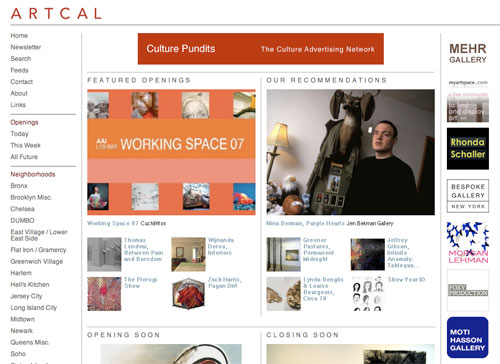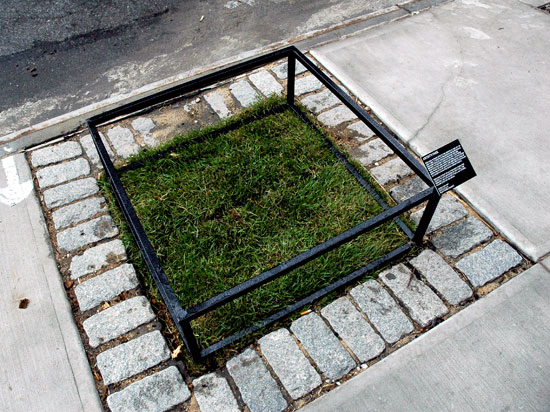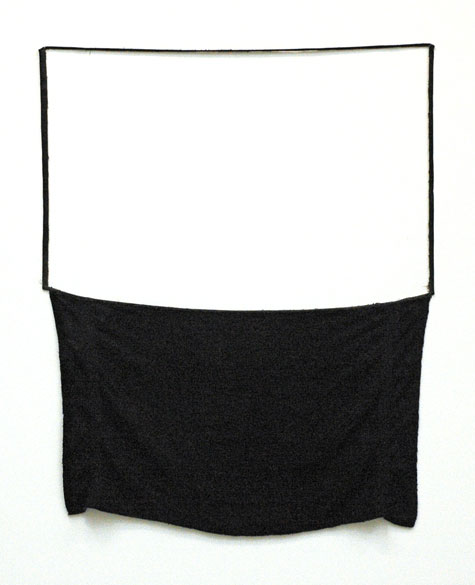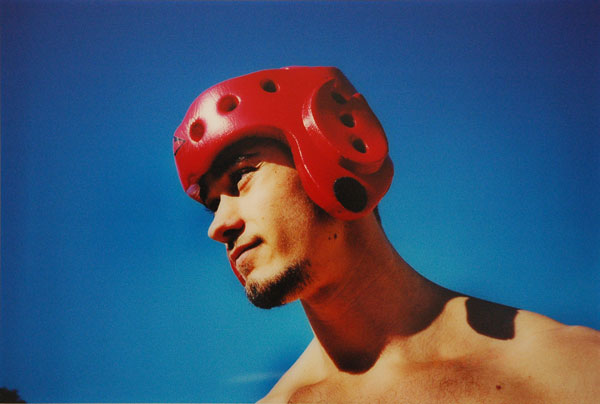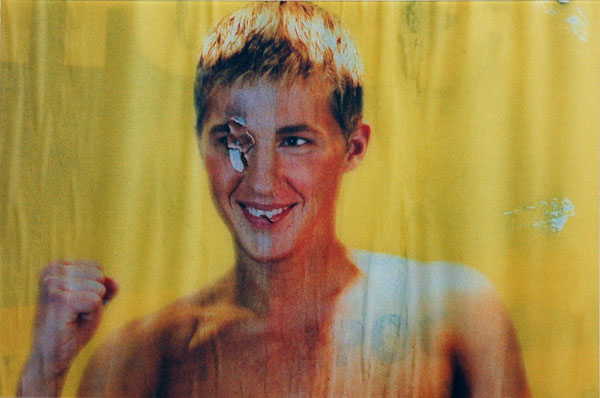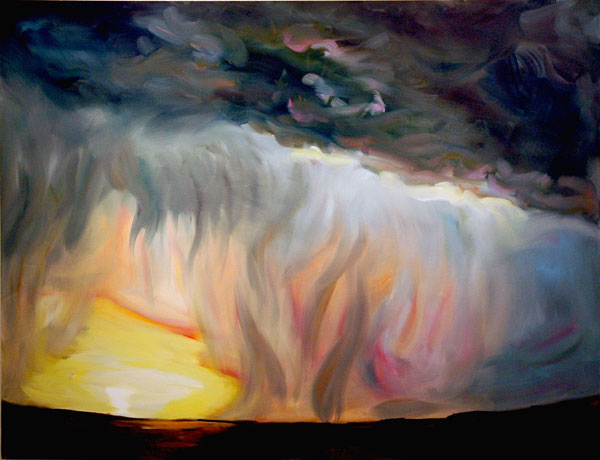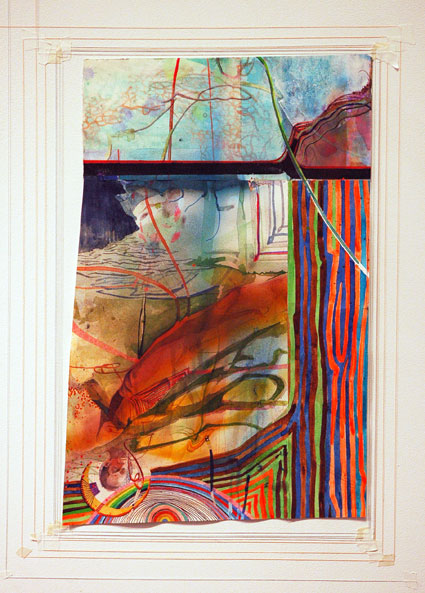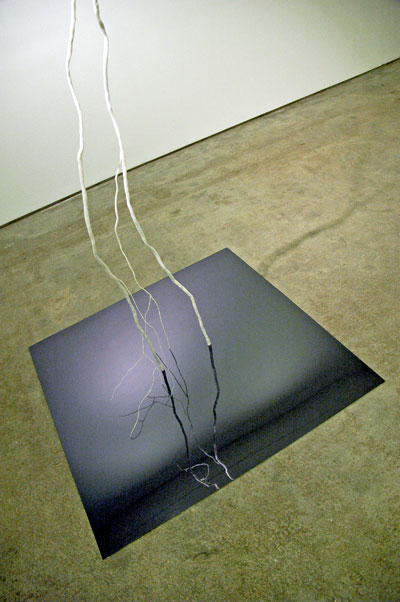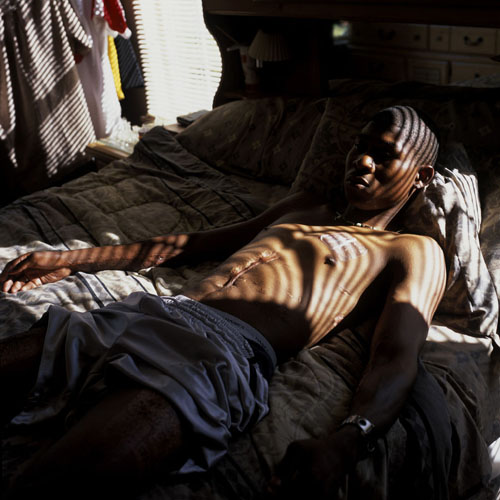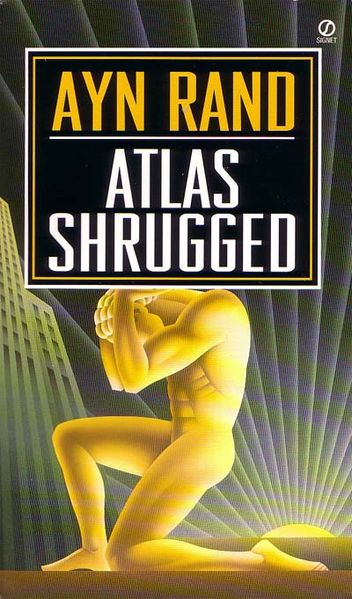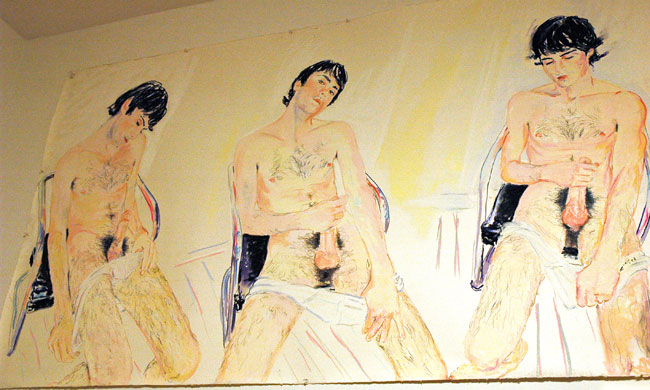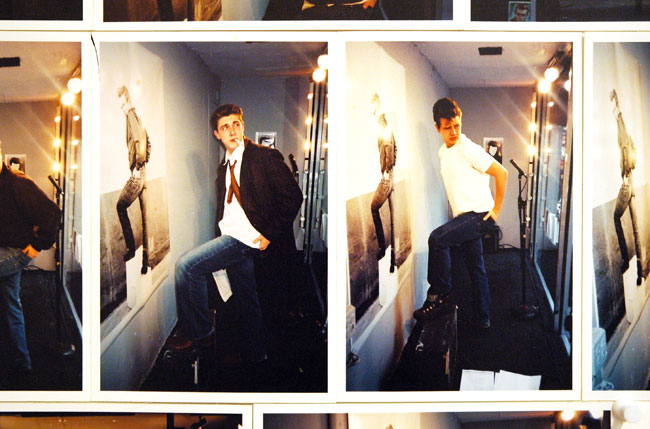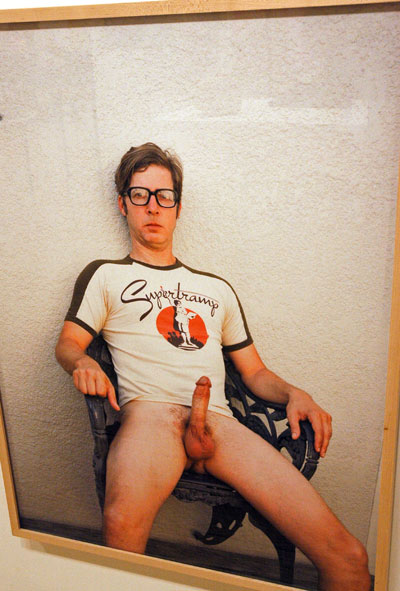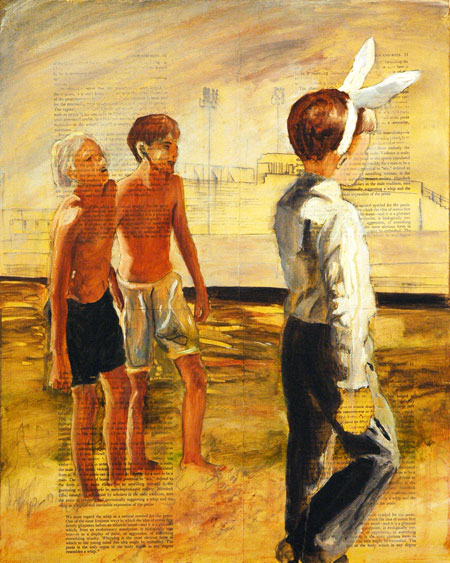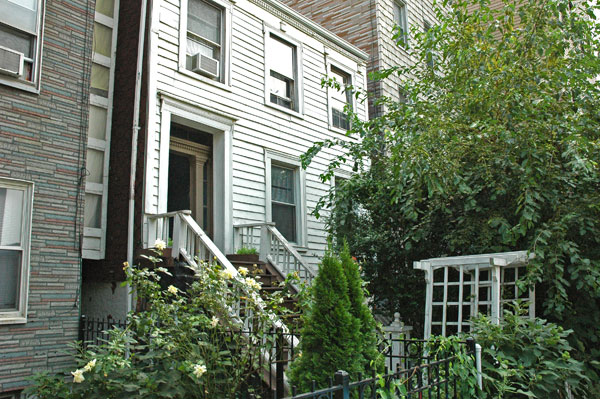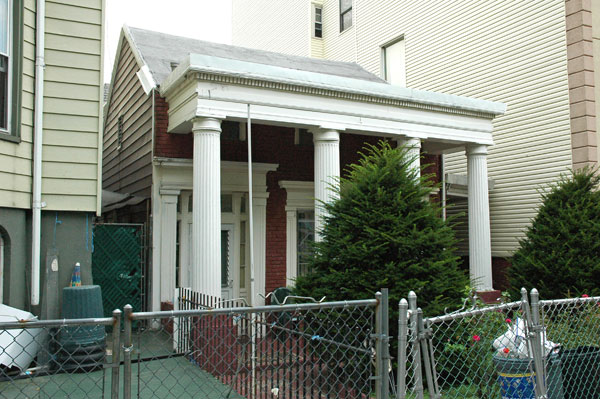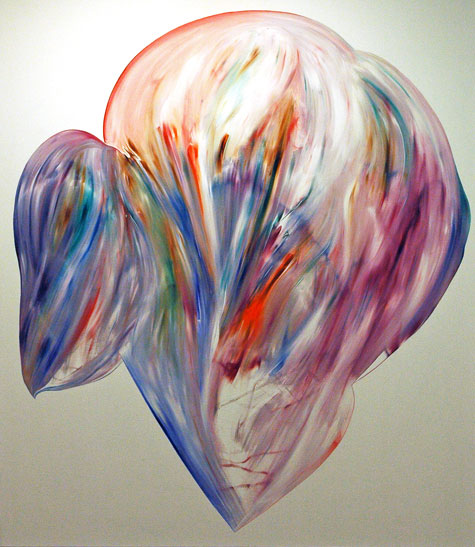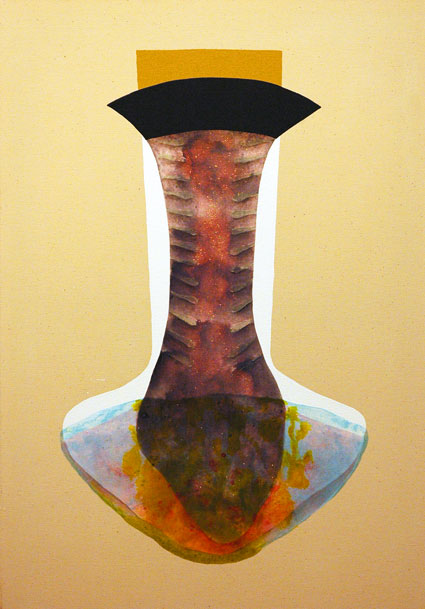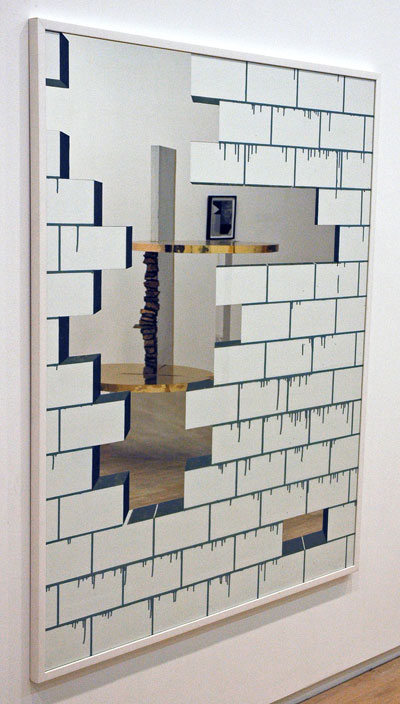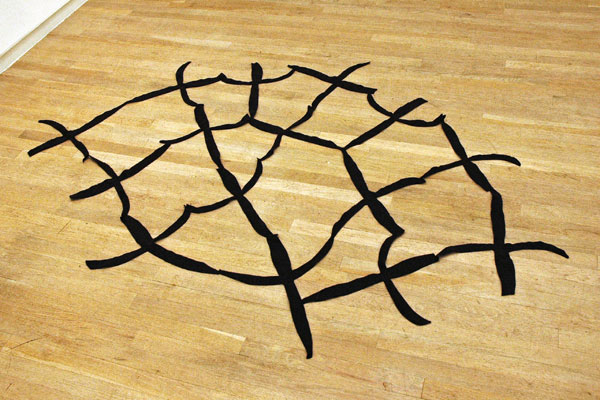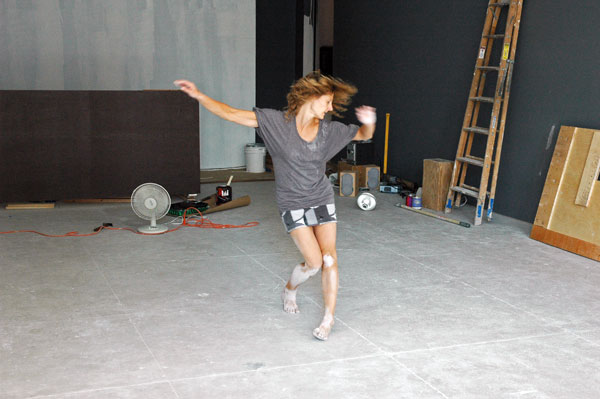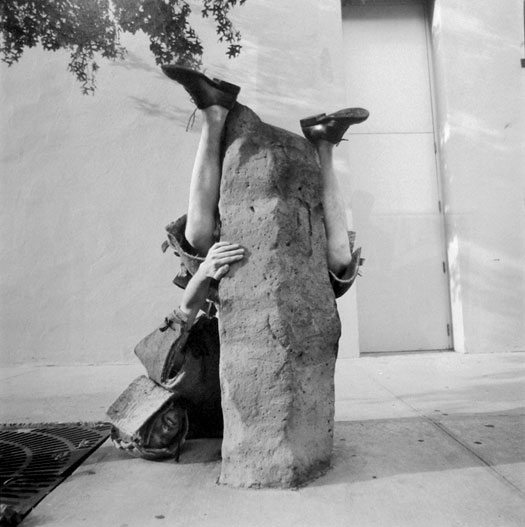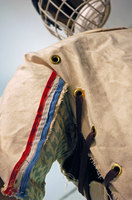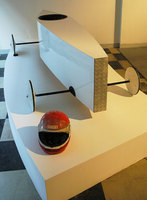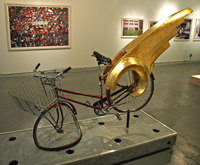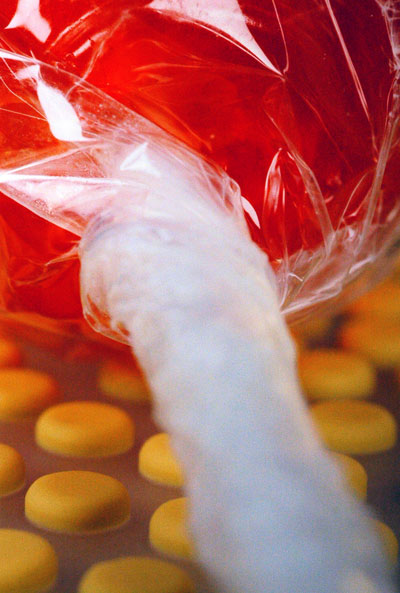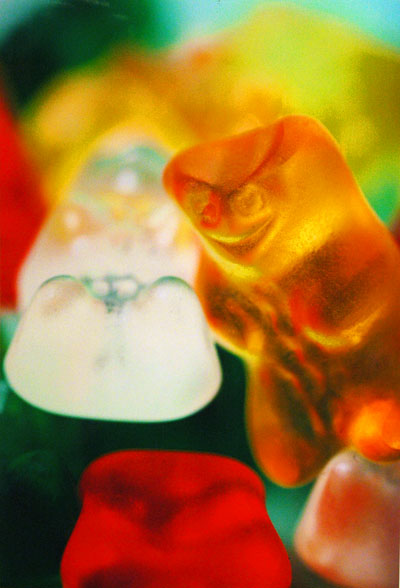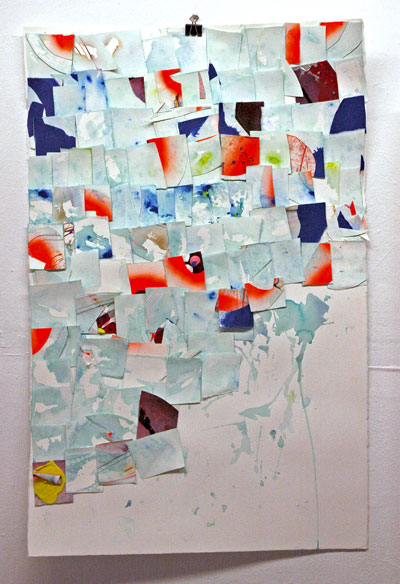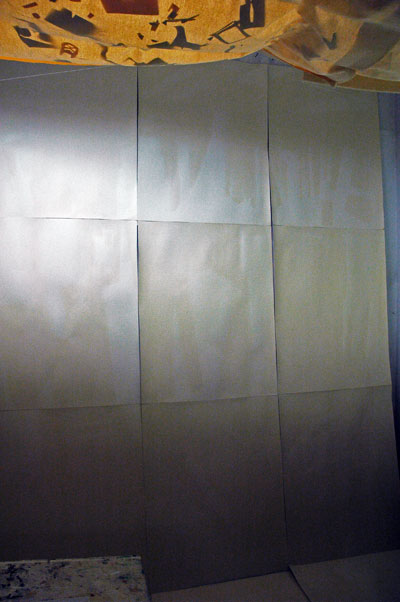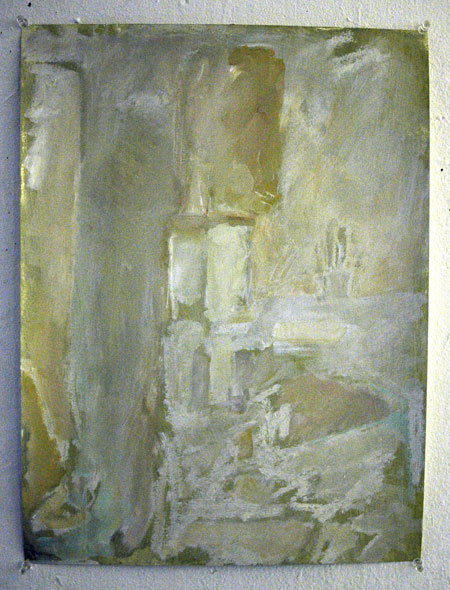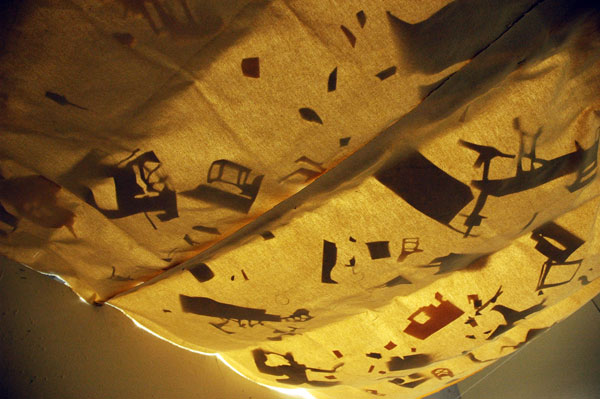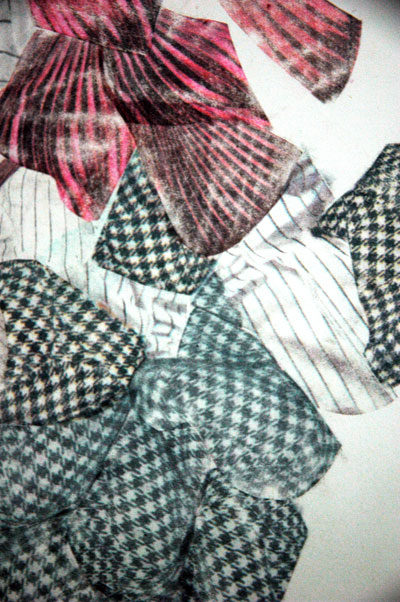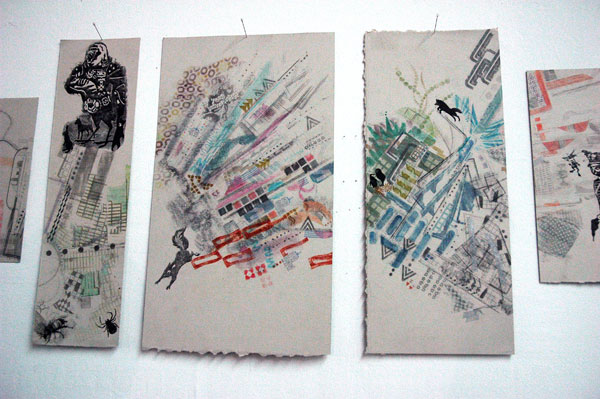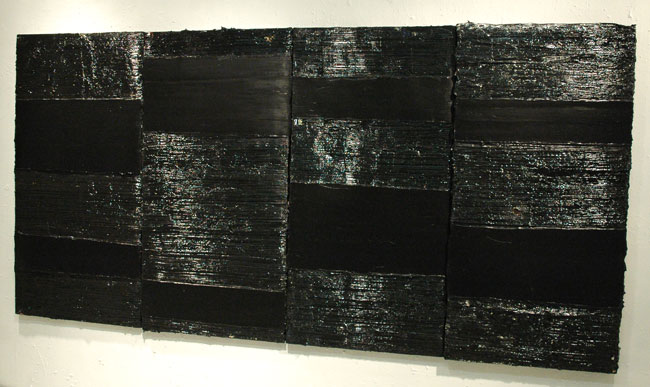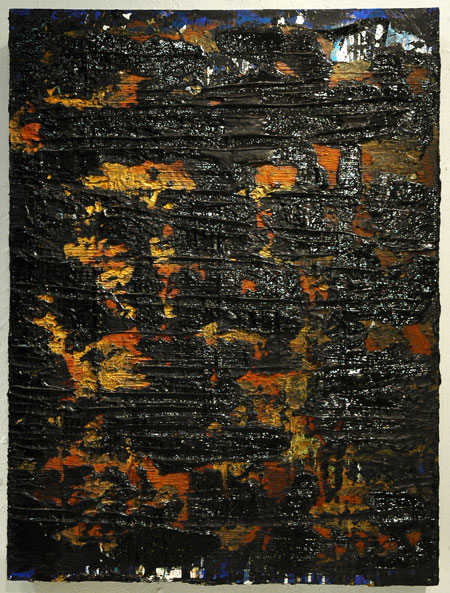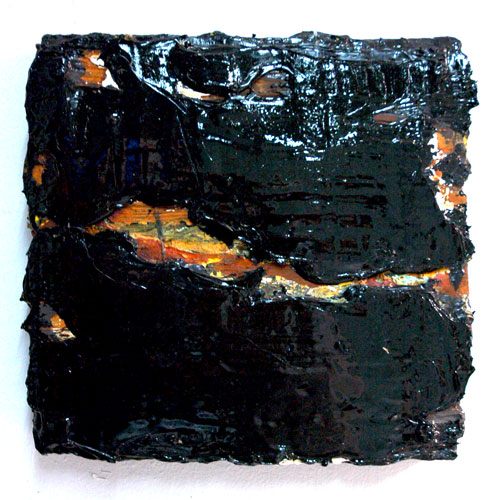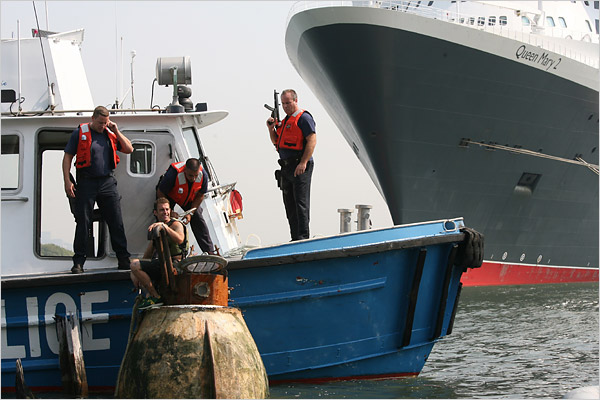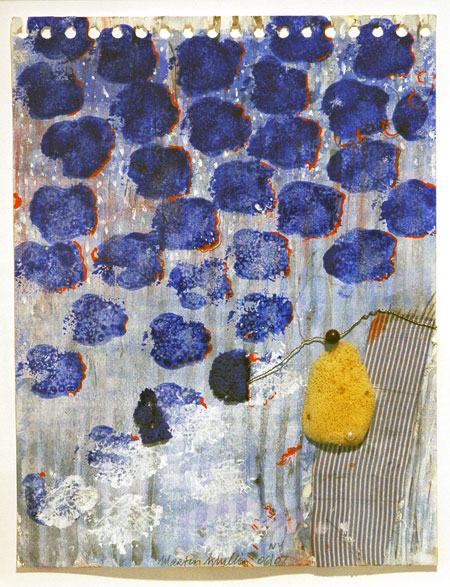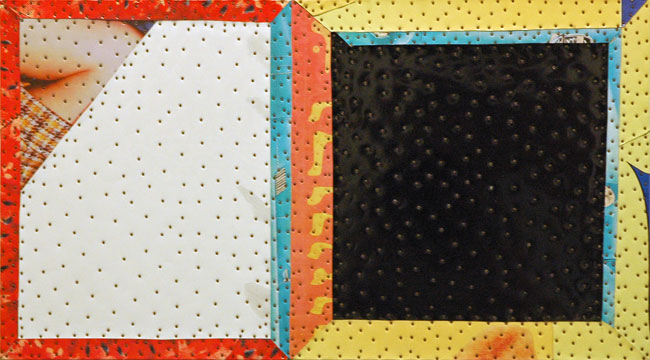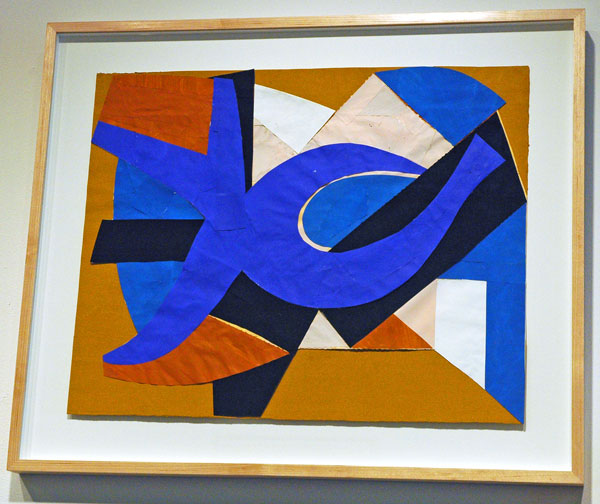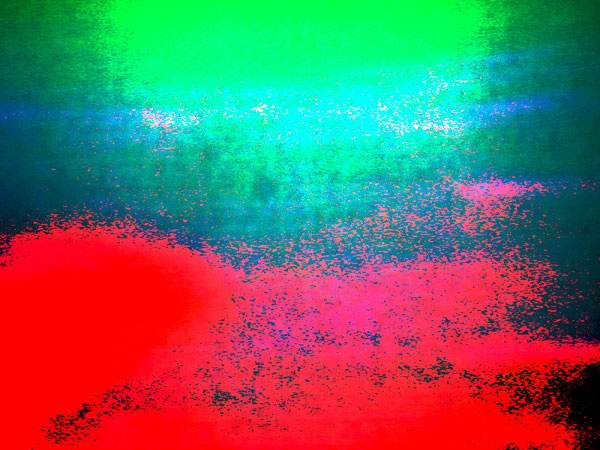
I used to think, "Gaudi", eccentric, interesting, even beautiful, but a dead end.
But then, was/is El Greco a dead end?
I actually knew virtually nothing about Gaudi when I first visited Barcelona 45 years ago and found myself straddling my bike outside the construction fence below the unfinished towers of the Sagrada Familia. Everything was locked-up tight (there seemed to be nothing more than what I was looking at, in any event) and I already understood that this project's fate was uncertain at best. I had been told by other travelers my age whom I had met along my route that summer in Europe that if I was going to go to gloomy (yeah, after all this was only 1961) Barcelona this architectural monument to Catalan modernisme or European expressionism was absolutely not to be missed.
I have to remind myself as I write this that before arriving in Europe that May I was still totally infatuated with the purity and minimalism of the International Style. As far as I had been concerned no architecture or design that had preceded it was of any interest except as history, and real history had ended about the time Victoria ascended the British throne in 1837.
I do remember that, a couple of decades after the end of the Spanish Civil War, Gaudi's dark pile on the outskirts of Barcelona looked very weird, but even then, before the real start of the Sixties, I was thinking weird was a compliment. This scruffy facade without a building clearly bore some resemblance to Gothic cathedral models, but the multiple, siamesed towers looked like a monstrous mutation, and their rough, jagged, natural details and screwy hollowness suggested a severely-neglected maintenance program. They were pretty scary. There was no tourist brochure. I really didn't get it, but it felt important.
This spring I went back. The construction project had been re-started years ago and now there's a realistic expectation that the building will actually be completed in 20 (or maybe 80) more.
I was able to get inside this time (this time there was an inside). I had done some homework since 1961, but even had I been a really lazy student I couldn't have been less excited about it on my second visit than I was. I'm going to leave any description up to the images I've posted here, but I will say that I have never seen anything like it and don't expect I or anyone else ever will. Hmmm, wait. Santiago Calatrava's name suddenly came into my head as I typed that. I'm not an unequivocal fan of his art, but even if there may be a link between his work and that of the Catalonian master (and no dead end after all?) it's unlikely Calatrava will ever have a commission which would match his skills as well as the Barcelona basilica did Gaudi's.
But there is still that other thing, what I now have to describe as the darker side of Gaudi. I'm only going on the basis of information easily available to anyone, but I realize my emphasis may present a picture of the man not familiar to most. I'm writing about the less admirable parts of Gaudi's story as someone who admits he is able to love and appreciate Richard Wagner's operas as among the very greatest accomplishments in Western music even while he is completely familiar with and fully disgusted by much of the composer's personal and professional life. Gaudi was a great artist, but he was also a fundamentalist, right-wing Christian who would almost certainly have supported Franco during the civil war which began ten years after his death.
The architect had taken over construction responsibilities for the shrine/basilica in 1883, when he was 31. The project, whose ominous formal name is "Temple Expiatori de la Sagrada Família" [Expiatory Church of the Holy Family], had been proposed years before by the Asociación Espiritual de Devotos de San José [Spiritual Association of Devotees of St. Joseph], a reactionary devotional Catholic movement whose objective was to fight the modern industrial liberal world and its accompanying social changes and to bring about the triumph of the Catholic Church in Spain and elsewhere. The architect appears to have been very comfortable with that mission.
Gaudi also appears to have been an elitist, at least in so far as his professional practice was concerned. Elsewhere in Europe early in the last century architects were routinely inspired to design projects for the benefit of the public, even if their bills were being covered by private commissions. Gaudi built only mansions, private parks, and the high-end luxury condos of his day. His patrons were wealthy private citizens. This architect didn't do affordable housing or public accommodations of any kind.
In the early years of the 20th century his contemporaries on the Left, including many artists, Spanish or otherwise, seem to have loathed the aging genius, even beyond his death in 1926. Years before that he had turned more and more inward and religious, abandoning all secular projects and devoting himself exclusively to work on the Sagrada Familia.
Even unfinished that edifice, which was conceived in the 19th century, is magnificent in every way. But it remains Catholic, perhaps even Catholic with a vengeance, in the midst of the population of this very unobservant nation and at the threshold of the 21st century. As we were leaving the sanctuary at the end of the afternoon this spring, from the side in the corner I heard the sound of a general rosary devotion. That day it was protected from visitors like us by high temporary walls. After experiencing the larger, glorious, purely aesthetic wonders of this place for an hour or more it was strangely disconcerting. Were they dreaming about reversing the last two hundred years?
My own wish would be to see this extraordinary building become a living monument to the survival of the creative human spirit. It should be possible for all people to approach and cherish it equally, sharing it generously, without a parochial consciousness. A transcendent place for music or poetry, surely. Best to hold the Hail Marys.
These thumbnails are all images of the Sagrada Familia:













